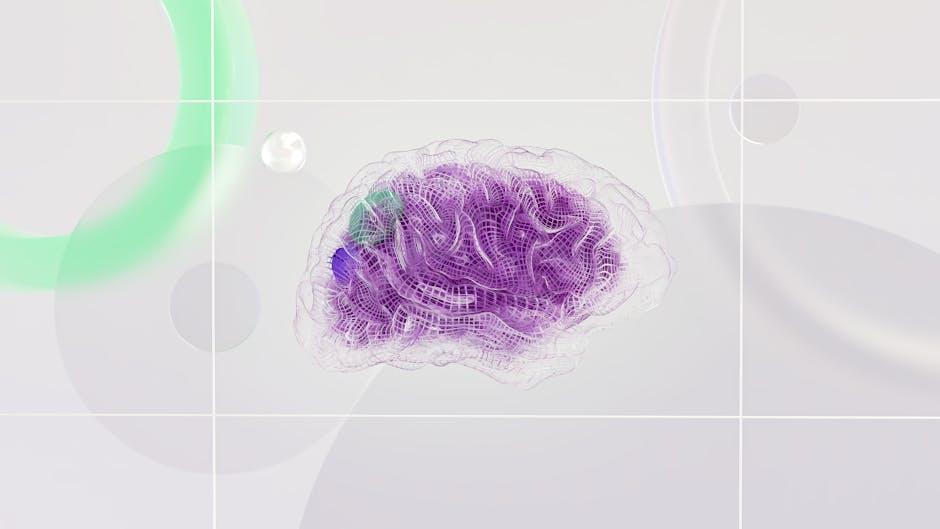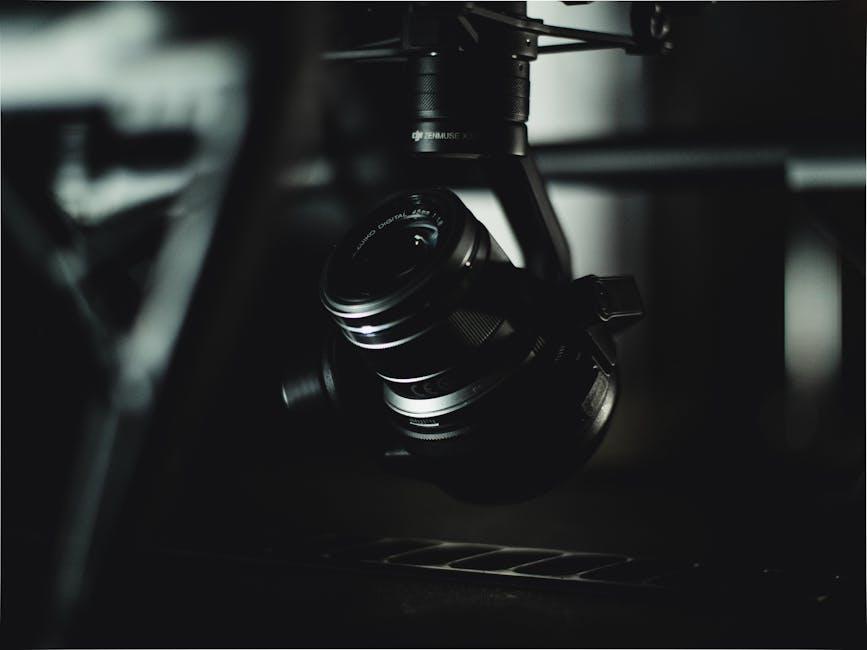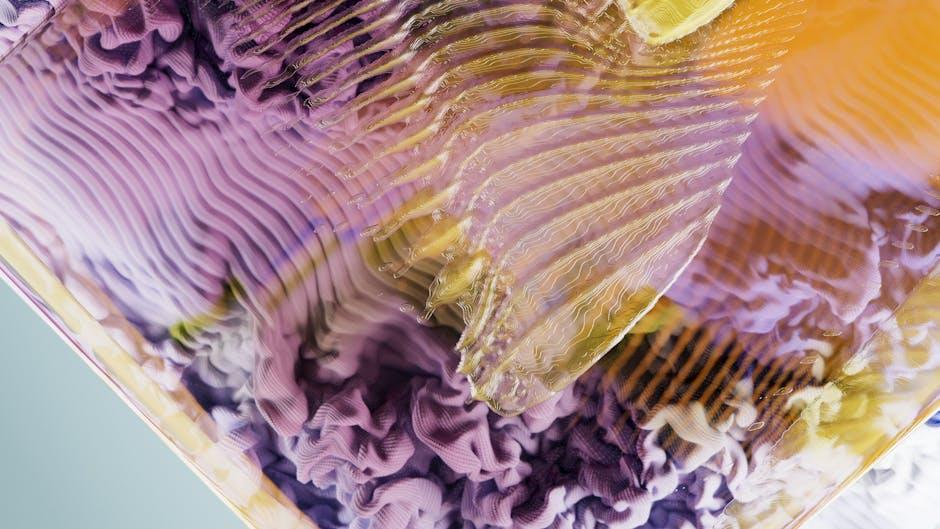In the ever-evolving landscape of cinema, the boundaries between reality and imagination blur with each passing frame. Hollywood, the heart of global storytelling, has long been a pioneer in weaving magic through its visual effects. Today, as cutting-edge technology accelerates at an unprecedented pace, computer-generated imagery (CGI) and animation stand poised not just to enhance narratives but to redefine the very essence of filmmaking. Beyond the Frame invites readers to journey into this dynamic frontier—exploring how innovation, creativity, and technology converge to shape the future of Hollywood’s storytelling canvas.
Table of Contents
- The Evolution of CGI Techniques Shaping Modern Storytelling
- Bridging Imagination and Reality Through Advanced Animation Tools
- The Role of Artificial Intelligence in Revolutionizing Visual Effects
- Strategic Approaches for Embracing Emerging Technologies in Hollywood
- Future Outlook

The Evolution of CGI Techniques Shaping Modern Storytelling
From the pixelated beginnings of CGI to today’s hyper-realistic visual feasts, the journey of computer-generated imagery has been one of relentless innovation and artistic ambition. Early breakthroughs relied heavily on wireframe models and rudimentary rendering techniques, setting the foundational language for visual effects that could blur the line between what’s real and imagined. Over the decades, advances such as ray tracing, motion capture, and physically based rendering not only enhanced visual fidelity but also empowered storytellers to craft immersive worlds where every frame is a canvas of infinite possibilities.
The transformation is best appreciated when breaking down the core elements that have driven CGI evolution:
- Real-time Rendering: Allowing filmmakers to see digital environments instantly, accelerating creative decisions.
- AI-Assisted Animation: Enhancing character movements and facial expressions with greater accuracy and emotional depth.
- Volumetric Capture: Redefining how actors’ performances are translated into digital avatars.
- Procedural Generation: Automating complex environmental details to enrich storytelling settings.
These milestones reflect a synthesis of technology and artistry, where software development meets cinematic vision. Below is a quick snapshot of how select CGI techniques have progressed over time:
| Technique | Early 1990s | Current Day |
|---|---|---|
| Rendering Speed | Hours per frame | Milliseconds per frame |
| Motion Capture | Basic markers, limited expressiveness | Full-body & facial capture with AI enhancement |
| Texture Mapping | Low resolution, tiled repeats | 4K+ scans with dynamic lighting |
| Simulation Physics | Simple rigid body dynamics | Complex fluid, cloth, and destruction simulations |

Bridging Imagination and Reality Through Advanced Animation Tools
Hollywood’s evolution in digital artistry is a testament to how far technology has stretched the bounds of creativity. Advanced animation tools no longer serve merely as support for storytelling but as vital instruments that shape narrative architecture itself. Directors and artists harness these tools to conjure universes where physics bends, characters breathe with lifelike nuance, and visual poetry unfolds frame by frame. The marriage of AI-driven simulations and handcrafted artistry crafts an immersive experience that elevates audience engagement beyond passive viewing.
Key innovations driving this transformation include:
- Procedural Generation: Automatically crafting vast, detailed environments with reduced manual input.
- Real-Time Rendering: Allowing filmmakers to preview effects instantaneously and adapt scenes on the fly.
- Motion Capture Enhancements: Capturing subtler expressions and physiological nuances for compelling character performances.
| Tool | Feature | Impact |
|---|---|---|
| Unreal Engine | Real-Time Rendering | Speeds up visualization & creative iterations |
| Houdini | Procedural Assets Creation | Generates complex environments dynamically |
| Faceware | Enhanced Motion Capture | Delivers nuanced facial expressions |

The Role of Artificial Intelligence in Revolutionizing Visual Effects
Artificial intelligence is rapidly transforming the landscape of visual storytelling, merging art and technology in ways previously unimaginable. By harnessing machine learning, studios can now automate complex tasks such as rotoscoping, texture mapping, and even facial animation, drastically reducing production times. This shift not only streamlines workflows but also allows artists to push creative boundaries by focusing on conceptual design rather than labor-intensive details. Moreover, AI-driven tools facilitate real-time rendering and adaptive lighting effects, elevating the immersive quality of CGI worlds and enabling directors to visualize scenes at the speed of imagination.
Beyond efficiency, AI introduces unprecedented levels of personalization and interaction within visual effects. Leveraging neural networks, designers can generate hyper-realistic characters that adapt their expressions and movements dynamically, offering tailored viewer experiences in interactive media and virtual reality. Consider the table below which outlines some of the notable AI advancements shaping CGI evolution:
| AI Tool | Functionality | Impact on VFX |
|---|---|---|
| DeepMotion | Automated character motion capture | Realistic animation from 2D video |
| Runway ML | Generative video editing | Speeds up compositing and effects |
| Artbreeder | AI-driven visual concept art | Rapid iterative design |
| Pix2Pix | Image-to-image translation | Quick scene prototyping |

Strategic Approaches for Embracing Emerging Technologies in Hollywood
Hollywood’s path to integrating cutting-edge technologies lies in forging robust collaborations between visionary storytellers and tech innovators. Studios are now cultivating interdisciplinary teams that combine the creative prowess of directors and animators with the technical expertise of AI developers and software engineers. This fusion enhances the creative process, allowing for real-time adjustments in CGI scenes and pushing the boundaries of visual storytelling. Studios embracing this approach have witnessed accelerated production cycles and remarkable improvements in visual fidelity, opening doors to narratives once impossible to depict.
In addition to nurturing talent collaborations, strategic investments in scalable infrastructures and modular pipelines provide the flexibility demanded by fast-evolving tech landscapes. These infrastructures emphasize cloud computing for rendering and storage, enabling projects to dynamically allocate resources based on complexity and urgency. Below is a snapshot of how these strategies typically stack up in terms of cost-efficiency and creative flexibility:
| Strategy | Cost Efficiency | Creative Flexibility | Implementation Timeline |
|---|---|---|---|
| Collaborative Cross-Disciplinary Teams | Medium | High | 6-12 months |
| Cloud-Based Modular Pipelines | High | Medium | 3-6 months |
| In-House Proprietary Tech Development | Low | Very High | 12-24 months |
- Continuous skill development programs ensure teams stay ahead of the curve.
- Agile project management methodologies optimize adaptation to new tools and techniques.
- Strategic partnerships with universities and startups incubate disruptive innovations early.
Future Outlook
As the lines between reality and imagination blur ever more seamlessly, Hollywood’s journey beyond the frame promises a future rich with innovation and storytelling possibilities. CGI and animation are not merely tools but gateways to new worlds—where creativity knows no bounds and every pixel holds the power to captivate. While the technology evolves, the heart of cinema remains unwavering: to connect, to inspire, and to dream. In embracing this digital frontier, Hollywood continues to redefine what it means to tell a story, inviting audiences to step beyond the frame and into the extraordinary.



